Ventilator Circuits & Tubing
Ventilator cicuits, also referred to as breathing circuits, offer a reliable and secure link between the ventilator machine and the patient. By facilitating the transfer of air and oxygen, ventilator tubing helps maintain the vital respiratory functions necessary for patient care. The tubing comes in multiple configurations and specifications to accommodate the diverse needs of healthcare settings, ensuring performance and patient safety in respi
Types of Available Ventilator Circuits
- Adult: Adult circuits are designed for patients who require mechanical ventilation due to conditions like respiratory failure or during surgeries that require anesthesia. These circuits typically include components such as humidifiers, filters, and various connectors to ensure effective and safe delivery of air or oxygen.
- Pediatric: Pediatric circuits are specifically designed for children and infants. These circuits are smaller in diameter to accommodate the lower tidal volumes needed by younger patients. Pediatric circuits also include features to ensure safety and comfort, such as low-resistance valves and appropriately sized masks or endotracheal tubes.
- Heated: Heated wire circuits include an embedded wire that heats the gas as it travels through the circuit. This heating prevents condensation, which can interfere with the delivery of gas and cause complications. Heated wire circuits are particularly useful in preventing the buildup of moisture within the tubing, ensuring consistent and comfortable ventilation.
- Single-Limb: Single-limb circuits use one tube for both delivering and removing gases. They are typically lighter and more portable than dual-limb circuits, making them suitable for use in home care settings or during patient transport.
- Dual-Limb: Dual-limb circuits have two separate limbs or tubes: one for delivering air to the patient and another for removing exhaled gases. This separation helps to maintain a clear path for inhalation and exhalation, reducing the risk of cross-contamination and improving overall ventilation efficiency. Dual-limb circuits are commonly used in intensive care settings.
Key Features and Benefits
- Humidification: Maintains airway moisture, enhancing patient comfort and reducing mucous membrane damage.
- Filters: Reduces infection risk, ensuring a clean and safe airflow for both patients and healthcare providers.
- Heated Wire Technology: Prevents condensation, maintaining consistent airflow and preventing blockages.
- Size Variability: Ensures appropriate ventilation for all ages and sizes, delivering correct tidal volumes and pressures.
- Dual-Limb and Single-Limb Options: Provides flexibility with dual-limb circuits reducing cross-contamination and single-limb circuits offering portability for home care and transport.
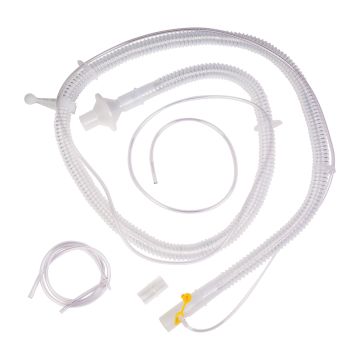

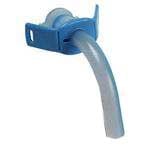
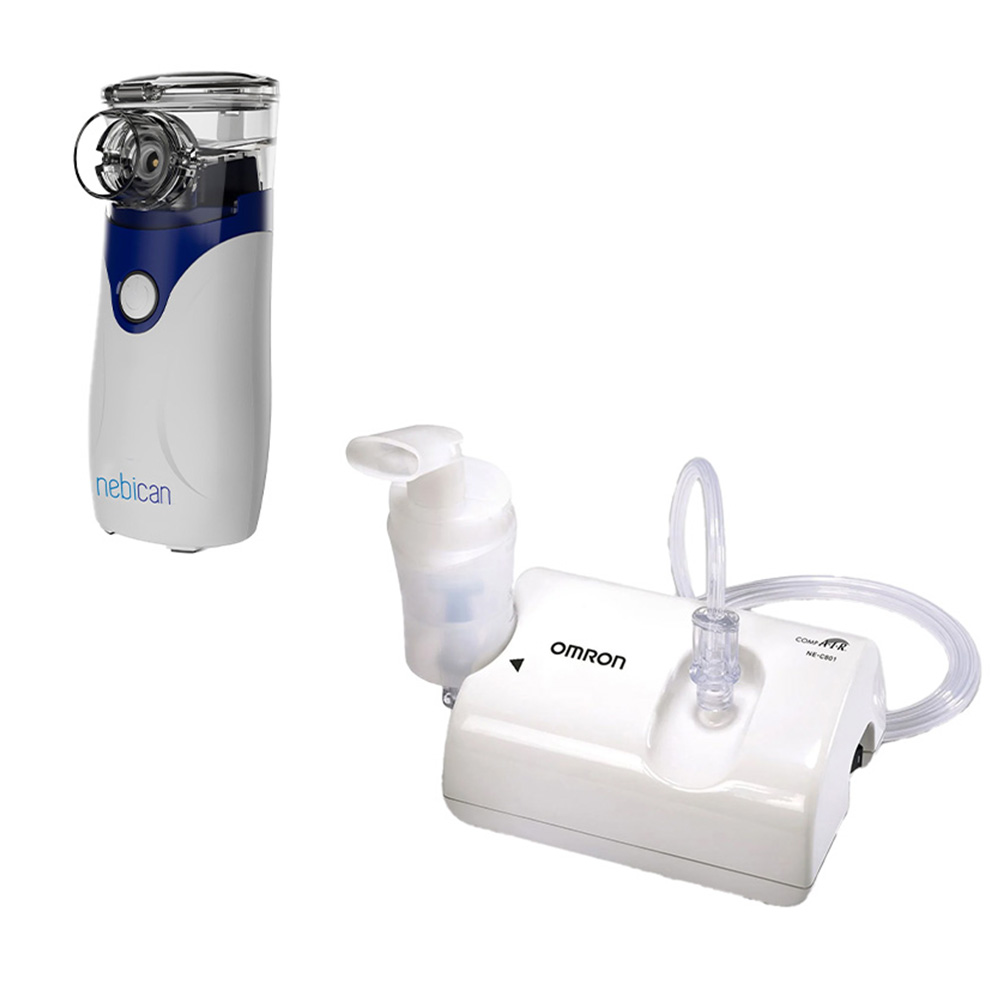
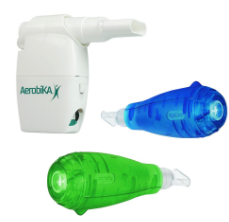
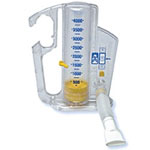
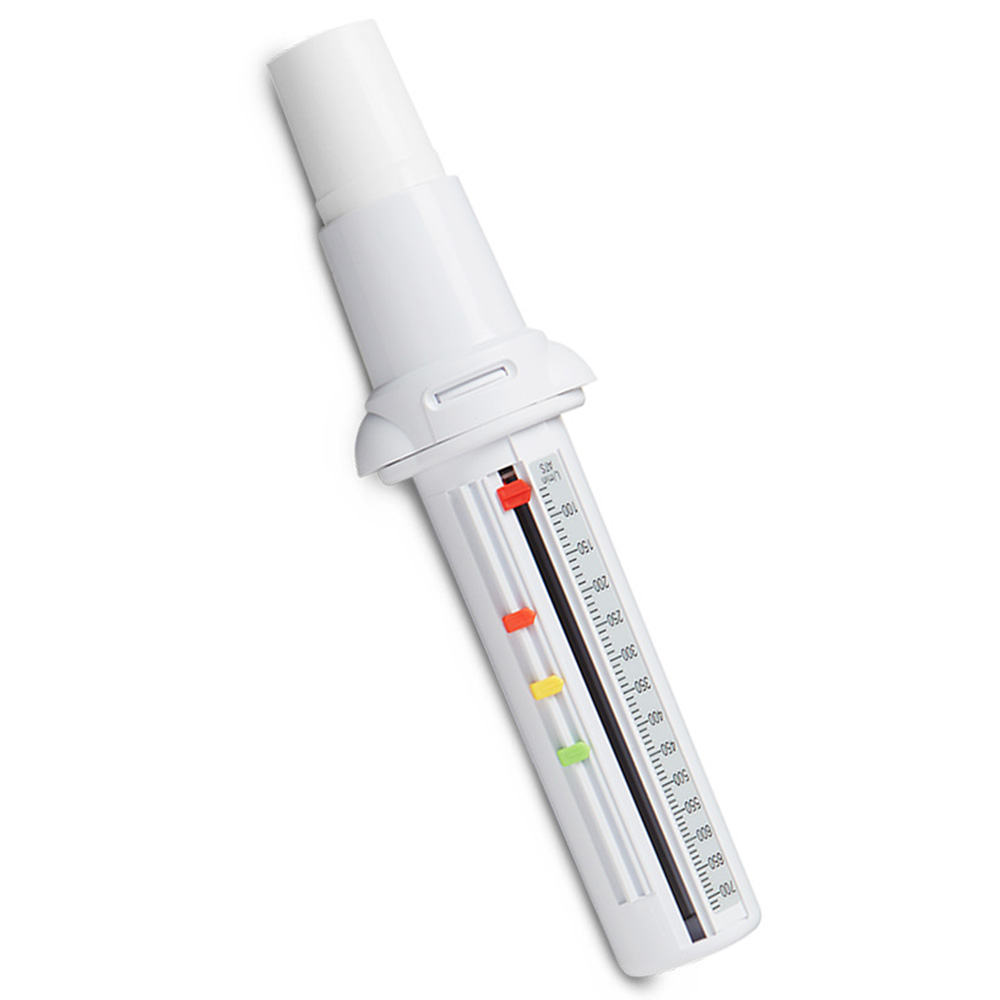
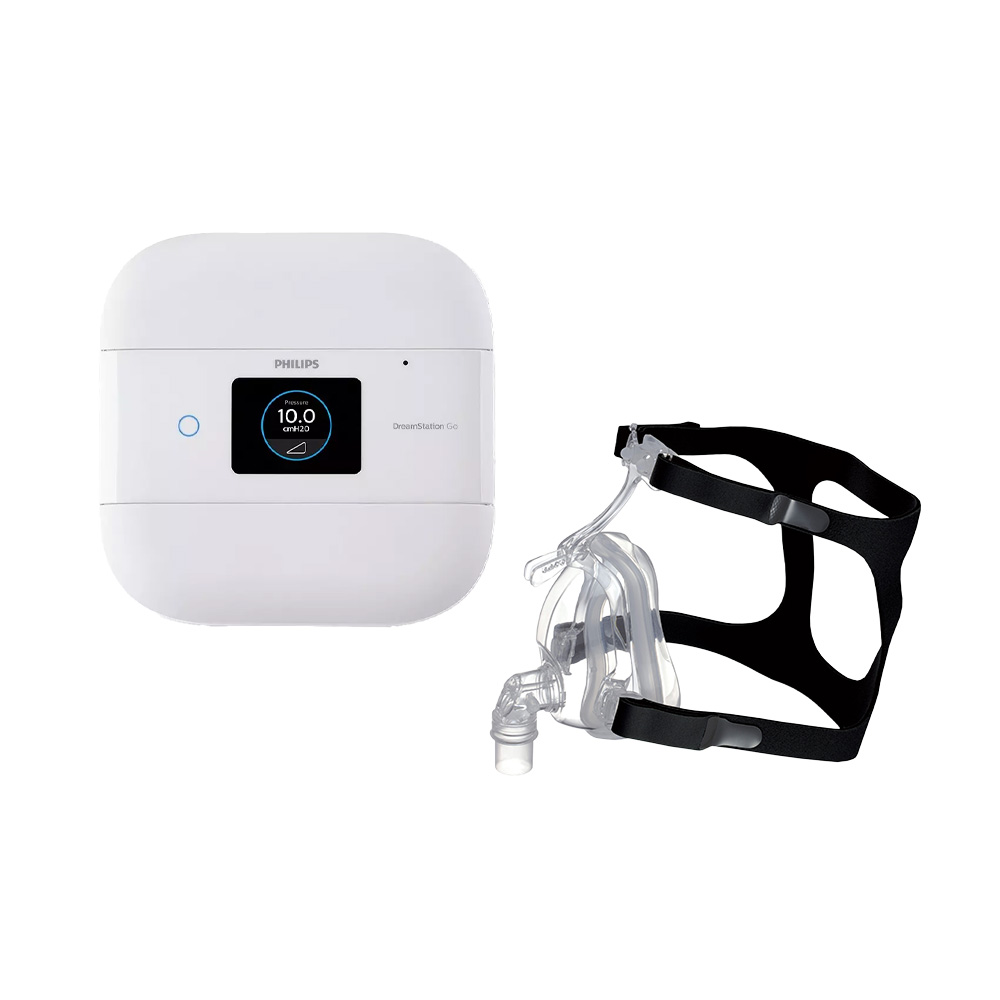
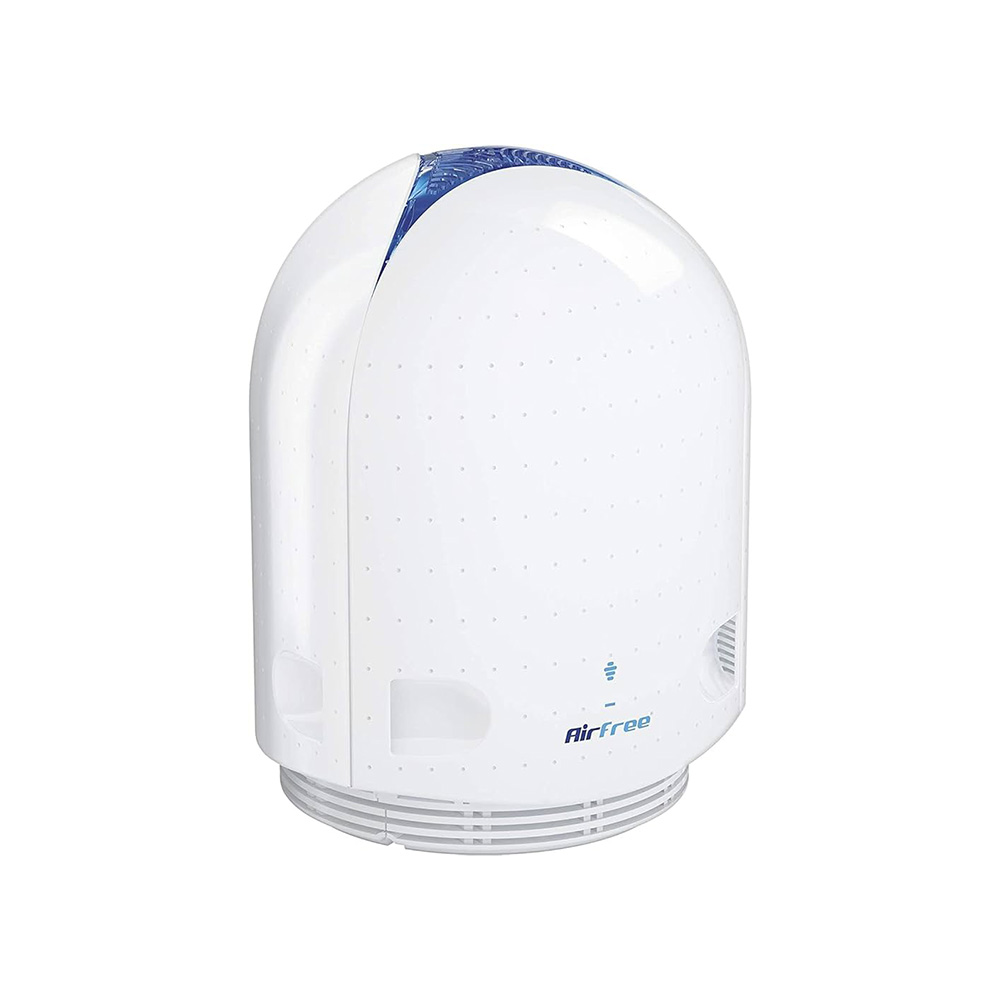
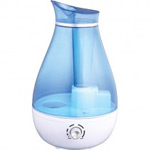
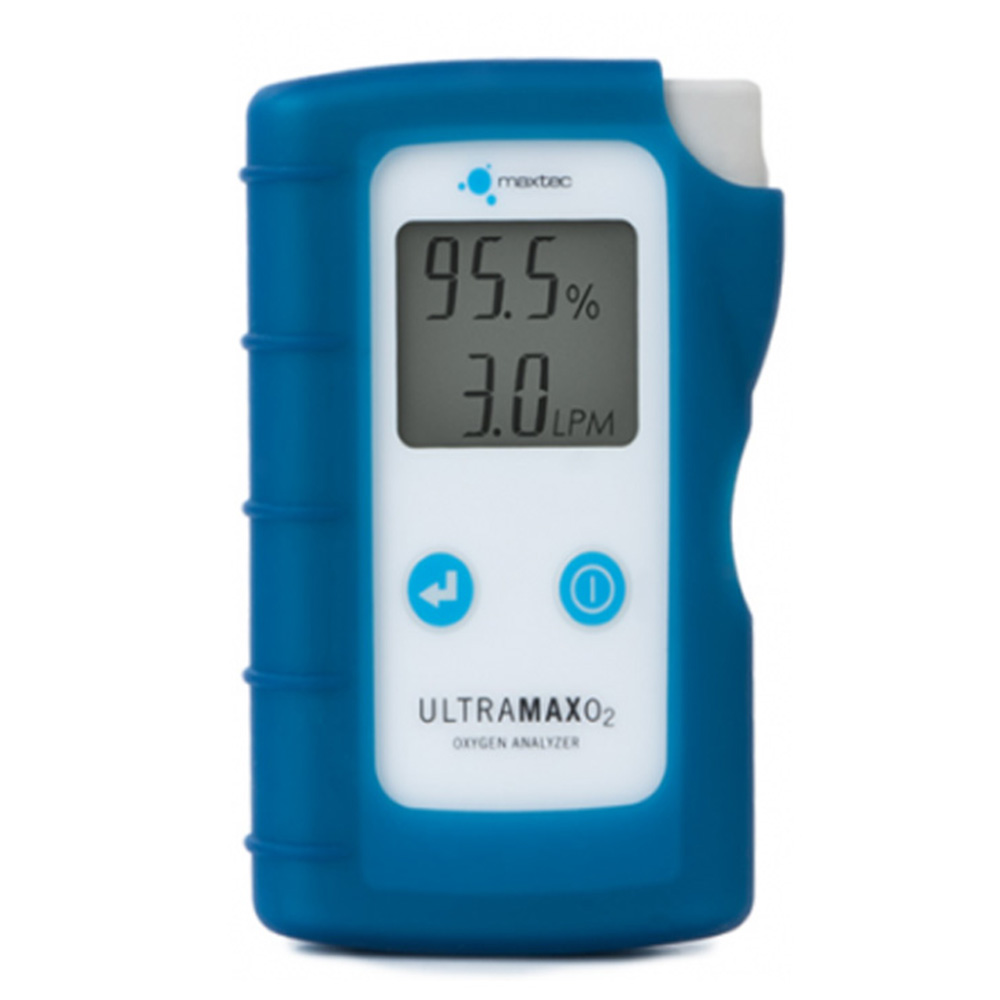
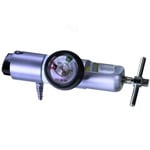
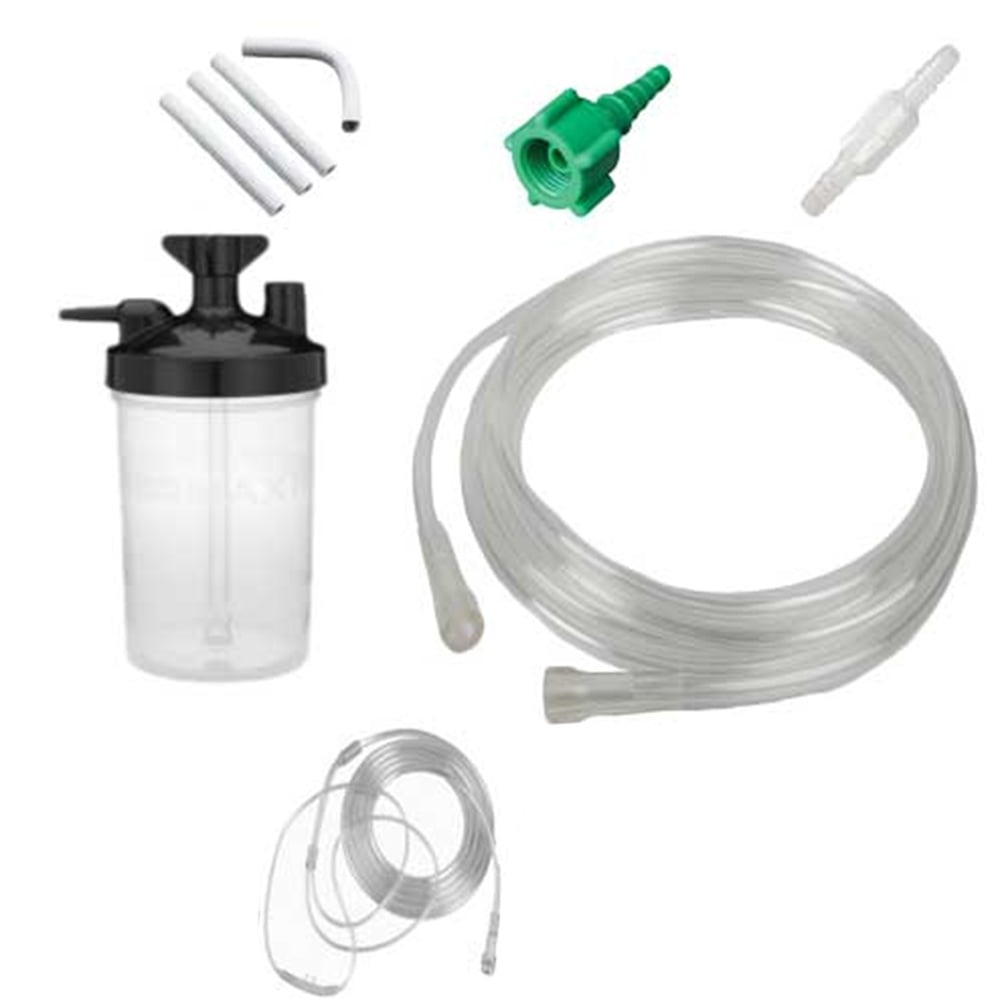

Login and Registration Form